Direct-to-consumer (DTC) firms are always under pressure. One of the most powerful tools they have to accomplish more with less is automation. When done well, automation doesn’t just save labour—it enables speed, consistency, and room for innovation. Here’s how automation facilitates more effective scaling for DTC brands.
Contents
#1 Automating Customer Support
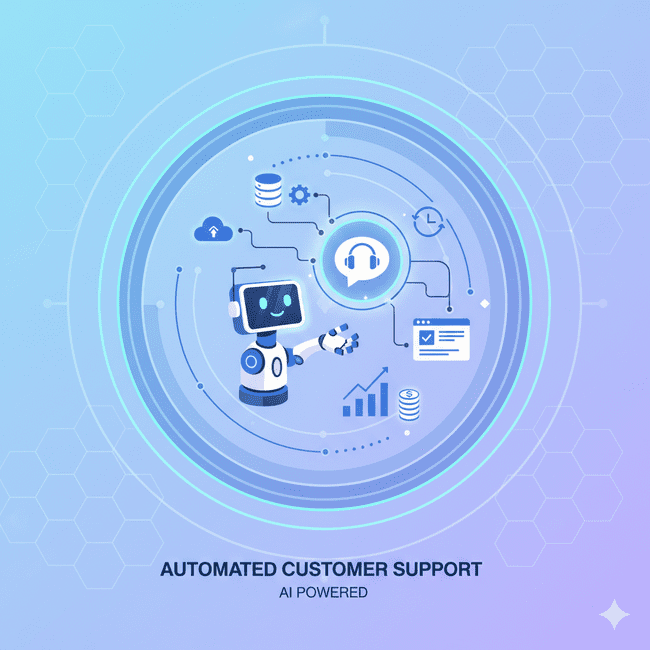
Human interaction is not necessary for many common customer inquiries. Consider the following questions: “Where is my order?” “How can I return this?” or “What is your refund policy?” These are ideal for automation. These have long been handled by simple chatbots, but the most recent generation AI agents goes farther. They are able to pull in order data, grasp context, guide the conversation, and react in ways that seem natural.
Brands can cut expenses by automating regular assistance. Human agents get time back to handle complex or emotional issues—areas that truly require empathy or creative thinking. The outcome? Reduced expenses, increased customer satisfaction, and support teams that grow without requiring corresponding additions in staff.
#2 Personalization & Smarter Product Discovery
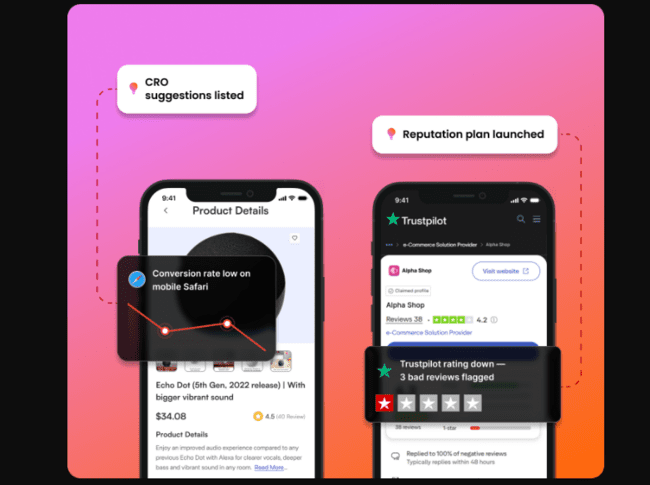
Consumers anticipate a personalized experience. By examining what consumers purchase, browse, and even react to, automation and artificial intelligence (AI) assist brands in achieving that. Brands can then modify search results or recommendations in real time.
As an illustration, consider improved product searches that minimize “no results” pages, virtual shopping assistants that provide recommendations based on user preferences, and configurators or quizzes that adjust accordingly. All of this contributes to increased loyalty, less returns, and better conversion. It’s about implementing automation where it enhances the customer journey, not about complexity.
#3 Inventory Forecasting & Demand Planning
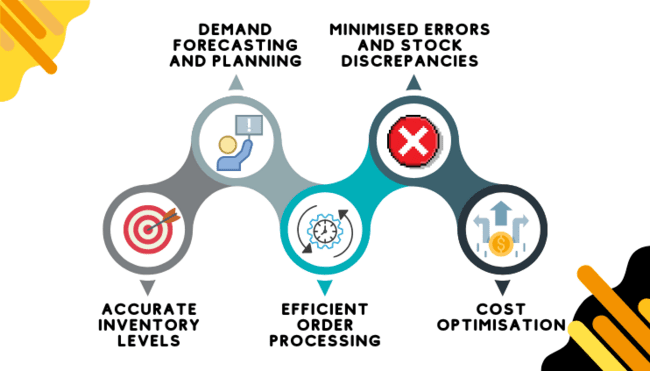
Overstock and stockouts are the two biggest killers of efficiency. Both damaged the margin. Automation uses historical data, seasonality, macrotrends, and even external signals to help DTC brands better estimate demand.
Brands may minimize the expense of capital locked up in excess stock and the lost sales from out-of-stock situations by using effective demand forecasting techniques to determine how much inventory to store and when to place new orders. The foundation of scaling without chaos is effective inventory planning.
#4 Smarter Marketing
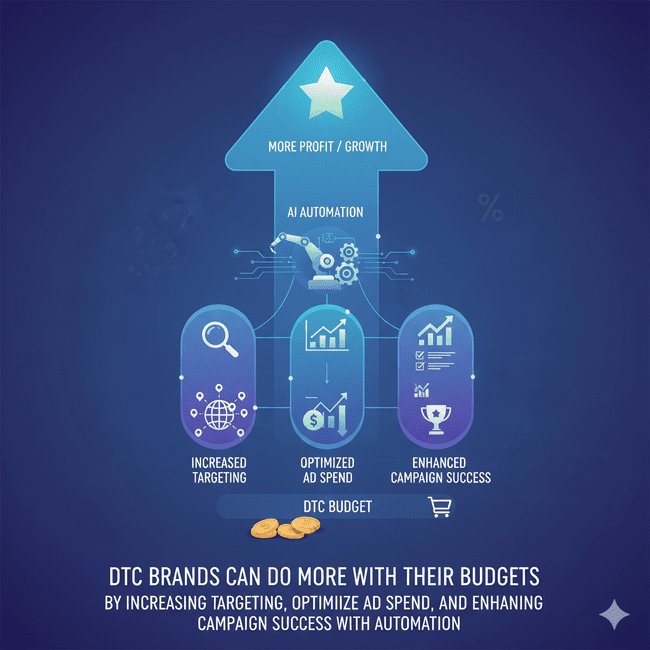
Budgets for marketing are valuable. DTC brands can do more with their budgets by increasing targeting, optimizing ad spend, and enhancing campaign success with automation, particularly AI-assisted automation.
Among the examples are:
- Delivering messages to the appropriate audience through automated segmentation.
- Identifying offerings that will resonate or channels that have a higher conversion rate under specific circumstances is known as predictive analytics.
- Ad placements can be automatically adjusted by letting machine learning determine the ideal locations for ads and allocating resources appropriately.
- The reward? Increased scale without correspondingly higher costs, quicker iterations, less wasted ad spend, and a higher return on investment.
#5 Faster Product Feedback Loops & Innovation
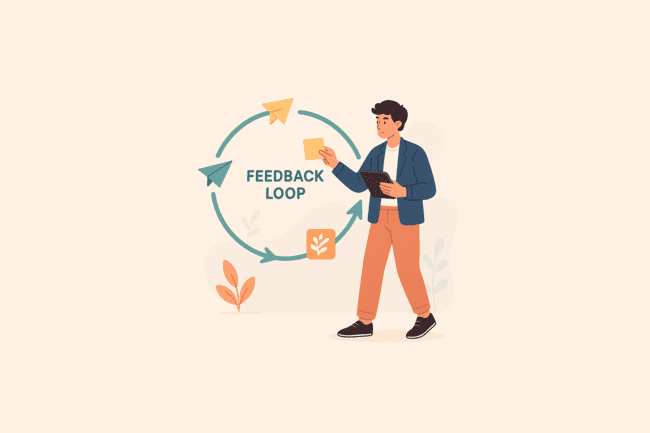
Brands that listen well adjust more quickly. Customer feedback can be gathered, examined, and responded to far more quickly using automation than with human methods. Product development receives indications via survey automation, review tracking, and sentiment analysis technologies.
For instance, the product team can react if automation identifies a tendency of customers reporting “issue X” in reviews or chats. The goal is to close the loop as quickly as possible, whether that means enhancing packaging, changing design, or modifying quality, in order to keep the brand ahead of problems and in line with consumer preferences.
Why This Matters for Scaling
Combining these components offers the following benefits:
- Operational efficiency includes reduced time wastage, fewer repetitive jobs, and more efficient workflows.
- Cost savings include less strain on human resources, fewer mistakes, and less waste or overproduction.
- Customer experience: fewer annoyances, quicker responses, and more pertinent suggestions.
- Speed and agility allow brands to experiment, launch more quickly, and react to issues or trends without incurring significant costs.
- Growing without a corresponding increase in complexity or cost is known as “efficient scaling.” One important method to get there is through automation.
Conclusion
Automation aims to increase the capabilities of DTC brands, not merely replace manual labour. Brands may grow more effectively by automating marketing, product feedback loops, inventory forecasting, and personalisation. Statistics shows automation platform like Kopa.ai gives significant boost to ROAS with the same amount of ad money spend on conventional methods.
Determine your most time-consuming, repetitive jobs first if you’re developing or managing a direct-to-consumer business. Next, inquire: “Is it possible for automation to manage this or assist me in completing it more quickly, precisely, or individually?” That’s where you start. Automation enhances human work rather than replacing it. Scale effectively by delegating regular tasks to automation so that people can concentrate on what really matters.



